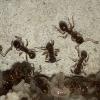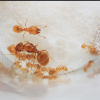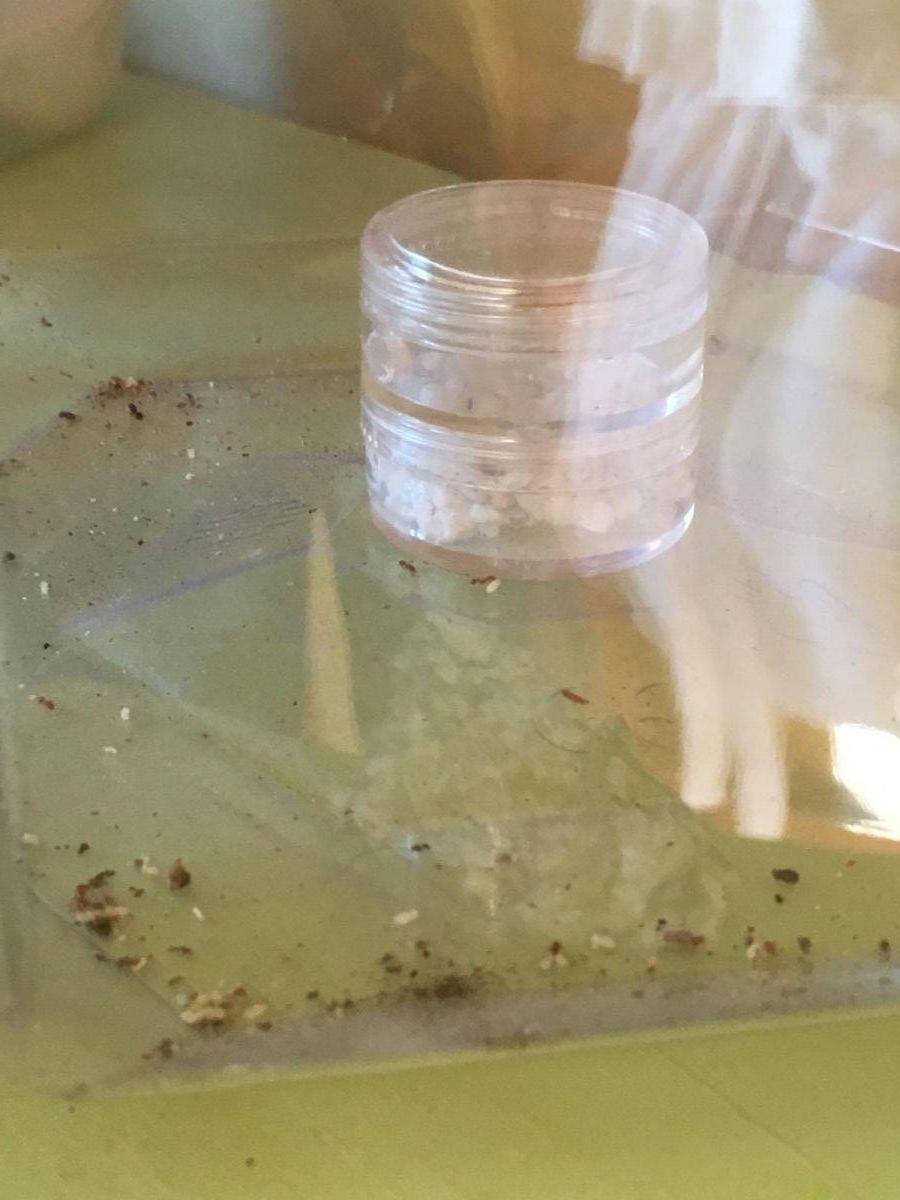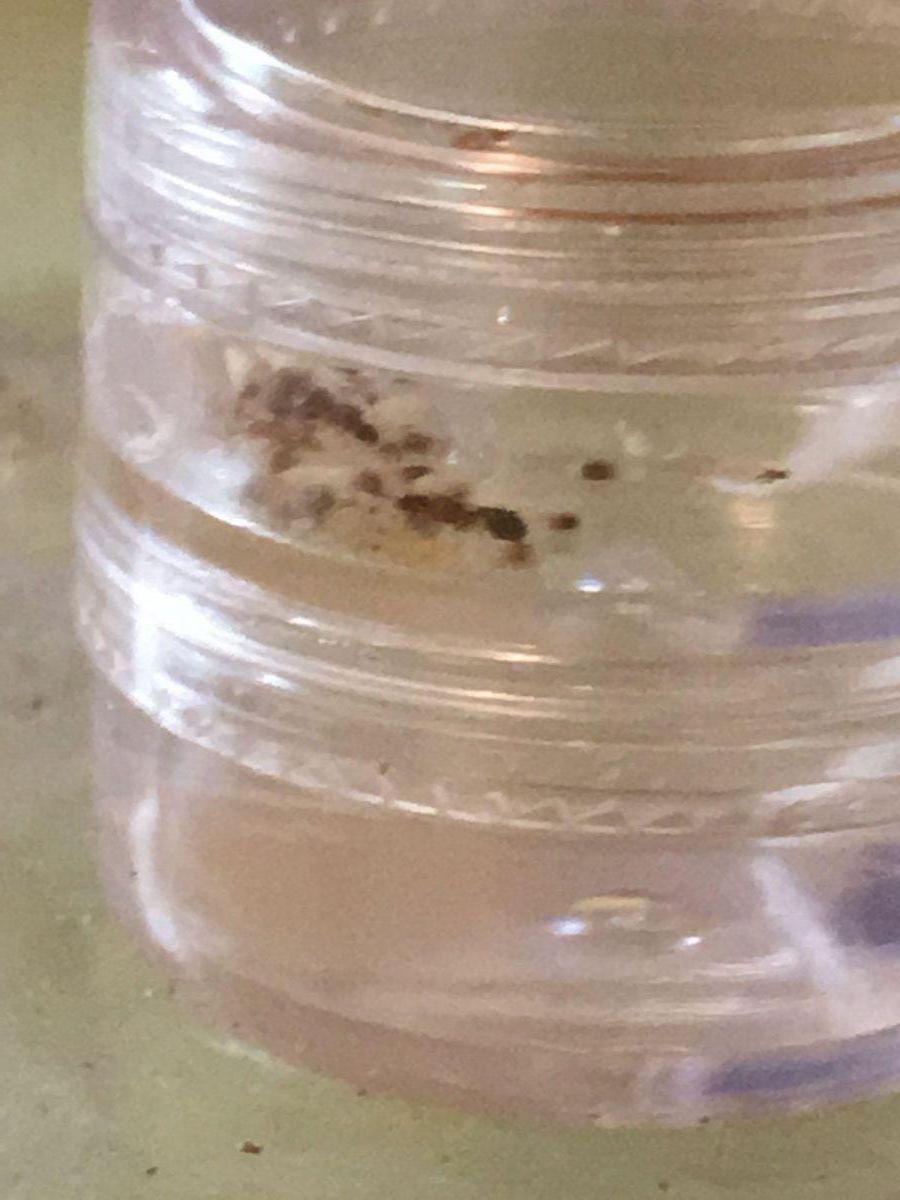Two days ago, on 6/21/19, after a few hours of searching, I found a mature colony of Temnothorax curvispinosus inside a hollow twig. I placed the two halves of the stick (Which I snapped to find the colony) into an old Hexbug fishbowl I found in the basement, with a foil-wrapped test tube for them to move into. The ants drank from a drop of raw honey, and, while they were not especially active, seemed to be settling in to their new home. This morning, I peered through the tiny entrance hole in the test tube's foil covering, and to my delight, a worker was inside. Hopefully, this is a sign that they will soon begin their unusually well-studied moving process and abandon the sticks forever. I plan to build for them a small formicarium once this happens.
Edited by Antennal_Scrobe, August 15 2019 - 1:29 PM.






















